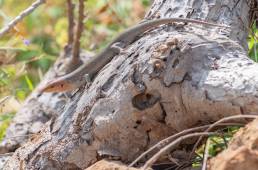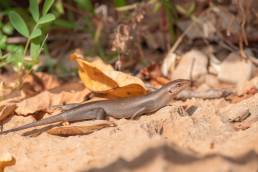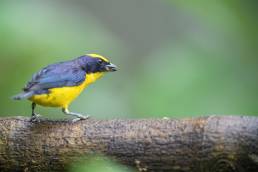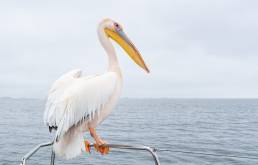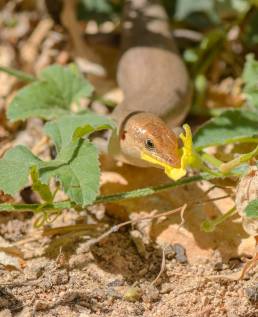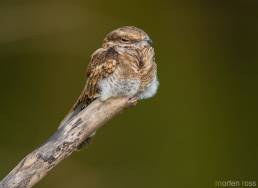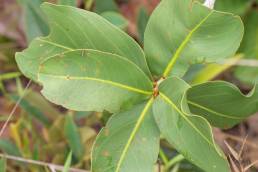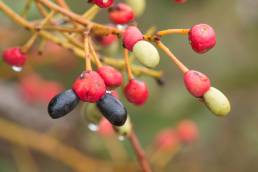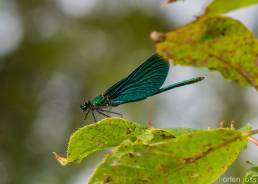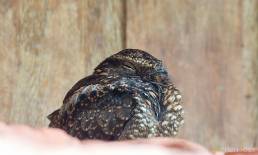21 Nov 2018
Thick-billed Euphonia (Euphonia laniirostris)
A brilliantly colored male of the thick-billed euphonia (Euphonia laniirostris) often seen at feeding stations in its range in Ecuador. It sounds like this:……
12 Oct 2018
Great white pelican (Pelecanus onocrotalus)
Namibia's Walvis Bay area is rich in wildlife, reliant on the abundance of marine life found in the cold and nutrient rich Atlantic waters, governed by the…
3 Feb 2015
Socotra Skink (Trachylepis socotrana)
As I was busy photographing the flowers of a Cucumis prophetarum, this Socotra skink (Trachylepis socotrana) entered the scene and started consuming one flower…
12 Dec 2014
Ladder-tailed nightjar (Hydropsalis climacocerca)
Here in the Peruvian Amazon I found many nightjars around an oxbow lake at Amazon Research and Conservation Center (ARCC), and this ladder-tailed nightjar…
6 Dec 2014
Ouratea spectabilis
A very strange shape I think, and I wonder what has driven it to these shapes, and in particular the color inside! If you squeeze the fruit, or simply pass a…
31 Jul 2014
Blåvingevannymfe (Calopteryx virgo)
En fantastisk flott øyenstikker som får meg til å assosiere med tropisk ovedådighet, men dette er altså ved det saktegående elvevannet som renner ut i…
18 Nov 2013
Blackish Nightjar (Caprimulgus nigrescens)
Nightjars are naturally hard to see as they're nocturnal, but you definitely hear them and if you use their sound you can often locate them with a flashlight.…
